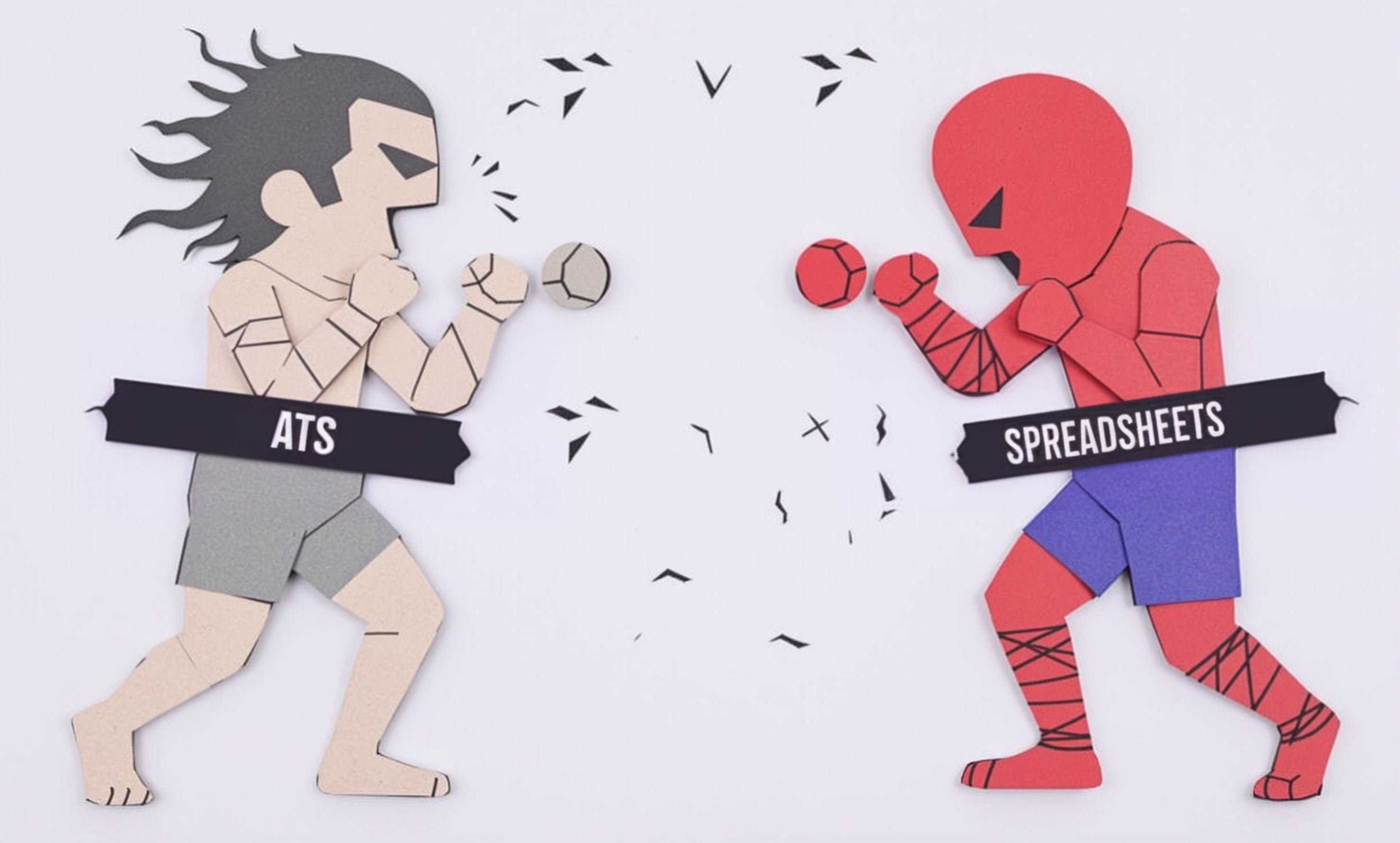
Character Sheet
A Character Sheet is a detailed visual reference document that illustrators and artists create to show how a character looks from different angles and with various expressions. It's like a blueprint or guide that helps maintain consistency in how a character appears throughout a book, comic, or animation project. These sheets typically include the character's full body, close-ups of their face, different outfits they might wear, and important details about their appearance. When you see this term in a resume, it means the artist has experience in creating professional reference materials that help teams understand and consistently draw the same character.
Examples in Resumes
Created Character Sheets for main protagonists in a children's book series
Developed comprehensive Character Sheets and Character Designs for an educational publishing project
Led the design team in establishing Character Sheet standards for a graphic novel series
Typical job title: "Character Designers"
Also try searching for:
Where to Find Character Designers
Online Communities
Professional Networks
Job Boards
Example Interview Questions
Senior Level Questions
Q: How do you manage a character design project with multiple stakeholders?
Expected Answer: A senior designer should discuss their experience coordinating with authors, publishers, and art directors, managing feedback, and maintaining design consistency while meeting various requirements.
Q: How do you ensure character designs are both creative and commercially viable?
Expected Answer: Should explain their process of balancing artistic creativity with market requirements, target audience considerations, and production constraints.
Mid Level Questions
Q: What elements do you include in a comprehensive character sheet?
Expected Answer: Should describe including multiple angles, expressions, size comparisons, color schemes, and important character details that help maintain consistency.
Q: How do you adapt your character designs for different age groups?
Expected Answer: Should discuss understanding of age-appropriate design elements, complexity levels, and how to modify character designs for different target audiences.
Junior Level Questions
Q: What basic elements do you consider when starting a character design?
Expected Answer: Should mention basic shape language, personality traits, target audience, and how these influence the initial design choices.
Q: How do you research and gather reference materials for character designs?
Expected Answer: Should explain their process of collecting visual references, understanding the project requirements, and organizing inspiration materials.
Experience Level Indicators
Junior (0-2 years)
- Basic drawing and digital art skills
- Understanding of character anatomy
- Simple character expression sheets
- Basic color theory knowledge
Mid (2-5 years)
- Advanced character poses and expressions
- Style adaptation abilities
- Digital art software proficiency
- Understanding of production requirements
Senior (5+ years)
- Project management experience
- Advanced character design principles
- Team leadership capabilities
- Client communication expertise
Red Flags to Watch For
- No portfolio of character designs
- Inability to show consistent character designs across multiple poses
- Lack of understanding of basic anatomy
- No experience with digital art tools
- Cannot explain their design process
Related Terms
Need more hiring wisdom? Check these out...

Why Your Hiring Spreadsheets Are Secretly Sabotaging Your Recruitment

Automated Scorecards in ATS Systems: Your Secret Weapon for Smarter Hiring Decisions

Beyond Spreadsheets: Why Executive Dashboards in ATS Systems Are Your Secret Hiring Weapon

